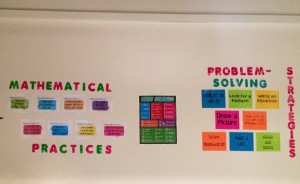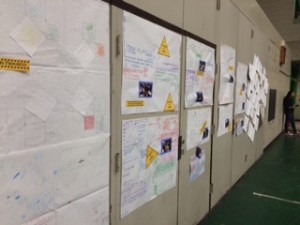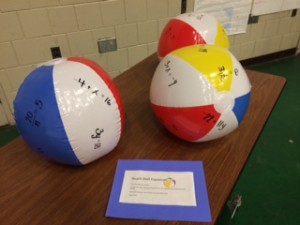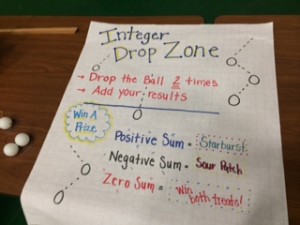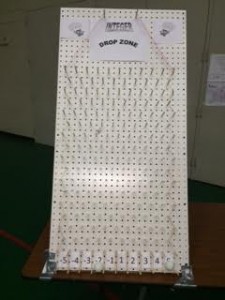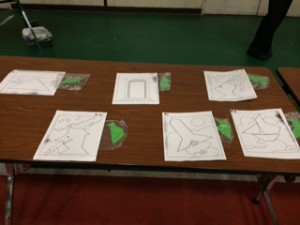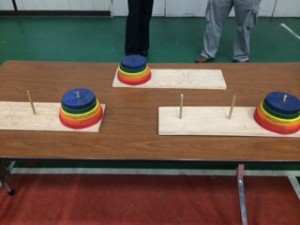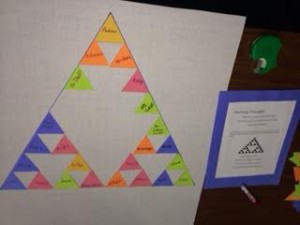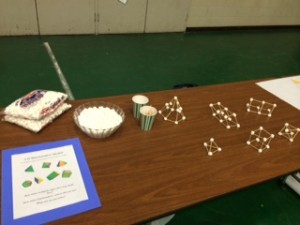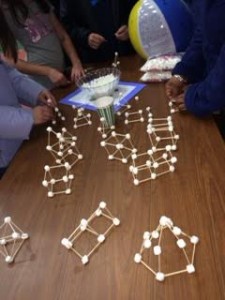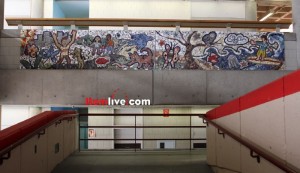I recently taught standard 8.F.5, part of which states that students should be able sketch a graph that exhibits the qualitative features of a function that has been described verbally. As an extension of sketching graphs, one of my colleagues taught a lesson on graphing based on 15-second videos. She told me about Dan Meyer’s Graphing Stories, which provides 22 15-second real-life video stories in real time and half time while a seconds-counter ticks. The end of each video shows the sketching of a graph that matches the scenario as the scenario plays in the background.
I showed the story in real time to my students and asked them to sketch what they thought the graph would look like. I then played the story in slow-motion two or three times so that students could observe details in the videos and what time they occurred. Students then sketched the graph again, improving on their original sketch. With a quick Turn and Talk, students shared their graphs with each other and why they sketched them the way they did, making connections with what happened in the video. We then came together as a whole class to discuss some student sketches and compare them with the graph the video provided.
The graphs provided in the videos were not perfect, which is ok because they were supposed to be sketches, and prompted some nice discussions. In the Weight of Cups video (decreasing) there was a point at which the cups were stuck together and when the person tried removing one cup from the stack on the scale, the stack of cups come up off the scale, affecting the weight reading. In a split second, the weight of the cups on the scale decreased because the stack was lifted off the scale. A couple of my students noticed this and reflected it in their graphs. They pointed out in the graph provided in the video that the decrease in weight at that time interval was not reflected in the graph.
Sketching a graph from a video was quite challenging for my students, as expected, but I was happy with the observations students made in the videos and the discourse they had about how to show that in their graphs. This lesson also worked well with one of my classes in which I am really working on student motivation and engagement. The first couple videos take a while to show, discuss, and sketch for, but students soon get the hang of watching the video and the stopwatch at the same time. In about 30 minutes, my classes got through about three videos. There are some really cool videos on the site, so I will probably keep going back to this activity and present a couple more to my class, maybe on half days or days that are interrupted with field trips and other events.

